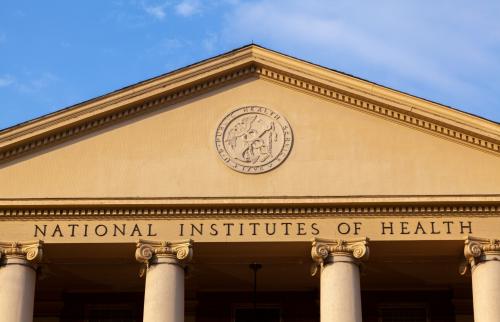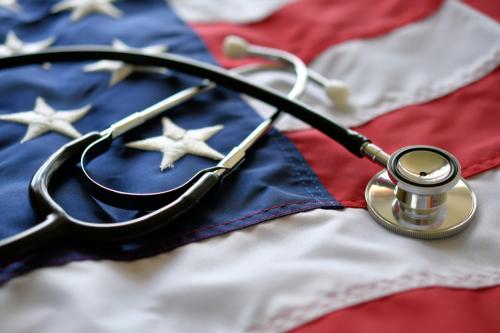This working paper is part of the USC-Brookings Schaeffer Initiative for Health Policy, which is a partnership between Economic Studies at Brookings and the University of Southern California Schaeffer Center for Health Policy & Economics. The Initiative aims to inform the national health care debate with rigorous, evidence-based analysis leading to practical recommendations using the collaborative strengths of USC and Brookings. We gratefully acknowledge financial support from The Commonwealth Fund.
The demand for crisis response and other acute behavioral health services has been increasing. Age-adjusted suicide rates have increased by roughly a third from 1999-2019, with the largest increases in suicides for American Indian/Alaska Native men and women. In addition, suicide rates were highest for individuals in rural counties and may be associated with limited access to mental health care, made worse by shortages in behavioral health care providers in these areas, and greater social isolation. Lesbian, Gay, Bisexual, Transgender, and Questioning (LGBTQ) youth are over four times more likely to attempt suicide than their peers. An estimated 45% of LGBTQ youth seriously considered suicide in the past year, including more than one-half of transgender and non-binary youth.
While all these data paint a daunting picture of the behavioral health crisis and access to behavioral health services in the United States, Congress has over time taken a series of steps to address the vulnerabilities of individuals and their caregivers who need access to immediate crisis care. The Administration has also taken parallel steps to augment some of these Congressional actions. These efforts have been useful in messaging the importance of and, in some instances, underwriting the cost of crisis services. While some states have taken advantage of these opportunities, there is still a need to not only define the continuum of crisis services but develop effective tools to allow states and their crisis providers to develop, implement, or modernize these services. As discussed in several sections of this brief, there are gaps in critical crisis services that have not received sufficient attention from the Administration that could round out the continuum. In addition, the infrastructure needed to support the crisis continuum and divert reliance on law enforcement to first responders would benefit from additional strategies and investment. The issues and proposed strategies discussed below would provide more substantive and needed changes to ensure better uptake and promote greater access to these crisis services.
Read the full working paper here.
The Brookings Institution is financed through the support of a diverse array of foundations, corporations, governments, individuals, as well as an endowment. A list of donors can be found in our annual reports published online here. The findings, interpretations, and conclusions in this report are solely those of its author(s) and are not influenced by any donation.
-
Acknowledgements and disclosures
The author would like to thank Richard Frank and Vikki Wachino for comments on an earlier draft. He would also like to thank Conrad Milhaupt and Julia Paris for excellent research assistance and Caitlin Rowley for excellent editorial assistance.
The Brookings Institution is committed to quality, independence, and impact.
We are supported by a diverse array of funders. In line with our values and policies, each Brookings publication represents the sole views of its author(s).




